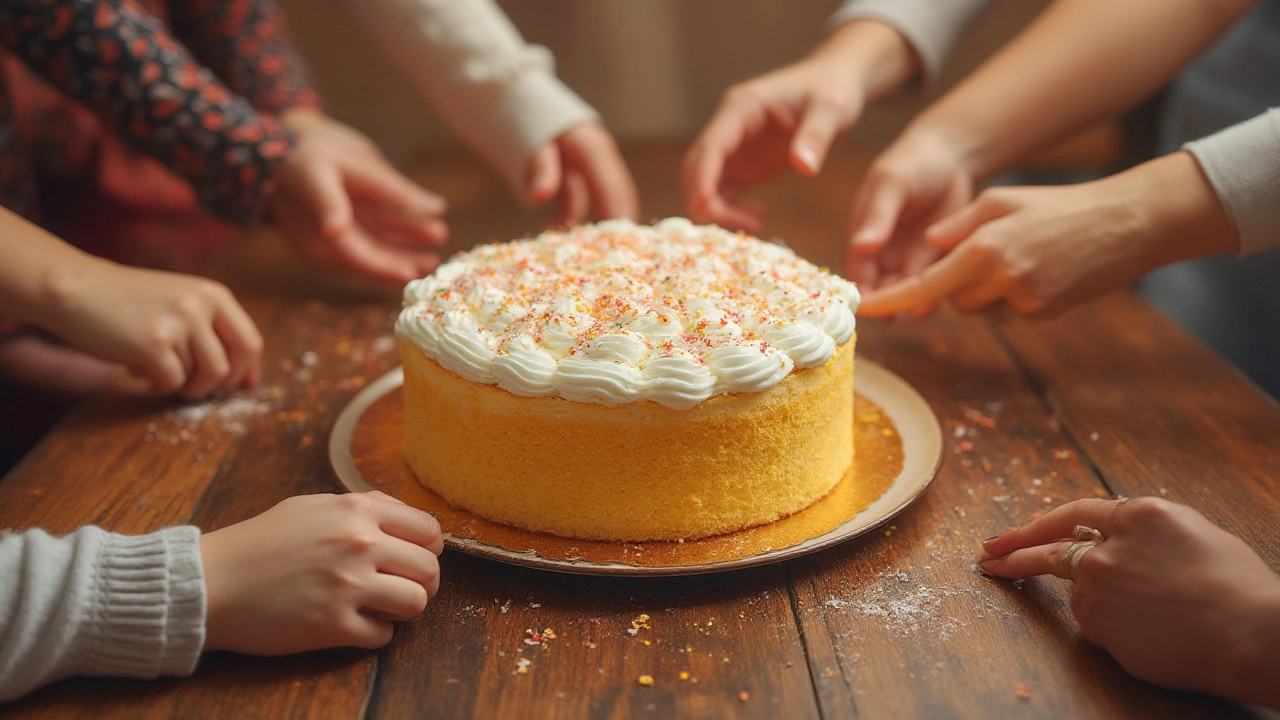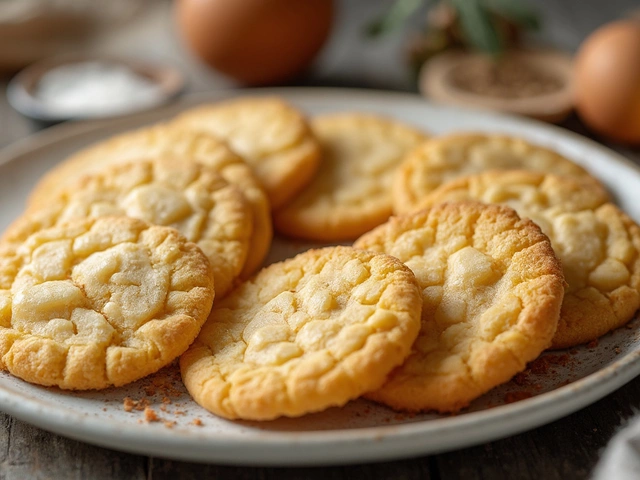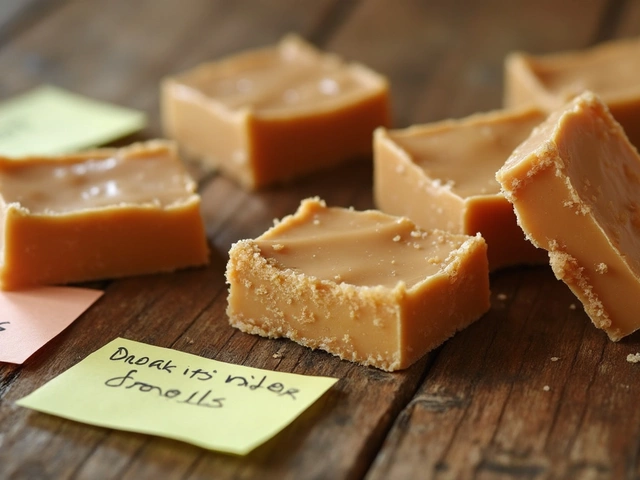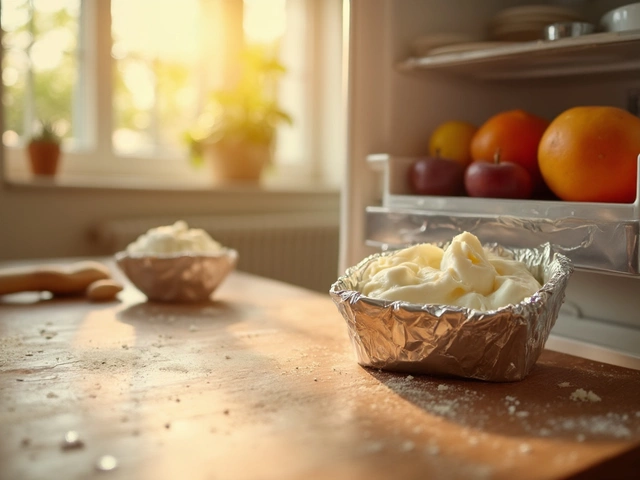Sponge Cake Recipes – Easy Fluffy Cakes for Every Occasion
If you’ve ever wanted a light, airy cake that can be dressed up or kept simple, a sponge cake is the answer. It uses just a handful of pantry staples – flour, sugar, eggs, and a little butter or oil – and relies on air beaten into the eggs for lift. Because it has no heavy fillings baked in, it stays soft for days and pairs well with fresh fruit, whipped cream, or a drizzle of chocolate.
Getting a reliable sponge cake starts with a few basics. Use room‑temperature eggs; they whip faster and trap more air. Sift the flour once or twice to avoid lumps and keep the batter light. And remember, the oven should be pre‑heated fully before the pan goes in – a sudden temperature shock can cause the cake to sink in the middle.
How to Get a Perfect Rise Every Time
First, separate the yolks from the whites if you want the highest possible volume. Beat the whites on medium speed until soft peaks form, then gradually add half the sugar while continuing to whisk. Once the whites are glossy and hold stiff peaks, fold in the yolk‑butter mixture gently. This folding step is crucial – over‑mixing will deflate the air you just created.
Second, keep the batter moving in the pan. Tap the tin on the counter a few times to release any big bubbles that might form. Bake at 350°F (180°C) for about 20‑25 minutes, but start checking at the 18‑minute mark. A quick poke in the center should come out clean, and the top should be golden, not burnt.
If the cake is browning too fast, loosely cover it with foil for the last 5 minutes. This protects the surface while the middle finishes cooking. Let the cake cool in the pan for 5 minutes, then turn it onto a wire rack – this stops steam from making the bottom soggy.
Easy Variations and Serving Ideas
Once you master the plain sponge, you can add flavor without messing up the texture. A tablespoon of vanilla extract, a sprinkle of lemon zest, or a spoonful of cocoa powder are simple upgrades. For a birthday twist, fold in chopped strawberries or raspberries right before baking; the fruit adds a slight burst of moisture and bright color.
Layering is another fun way to make the cake feel special. Slice the cooled loaf horizontally, spread a thin layer of jam, whipped cream, or mascarpone between the sheets, and finish with a dusting of powdered sugar. This works great for afternoon tea or a quick celebration cake.
If you need a gluten‑free version, substitute the regular flour with a blend of rice flour, potato starch, and tapioca flour in the same amount. The texture stays light, and the same rise tips apply.
Finally, don’t waste leftovers. Cube day‑old sponge and toss it into a milk‑soaked pudding, or blend it with a bit of instant coffee for a trifle base. The possibilities are endless, and the core recipe stays the same.
With these straightforward steps, you’ll have a reliable sponge cake that’s ready for any occasion – whether it’s a birthday, a casual snack, or the base for a fancy dessert. Give it a try and see how quickly a simple batter can become the star of your kitchen.

Most Eaten Cake in the World: Why Everyone Loves This Global Classic
Explore the world's most eaten cake, uncover why it's everyone's favorite, and get tips to make your own at home. Surprising facts await cake lovers!
View More




